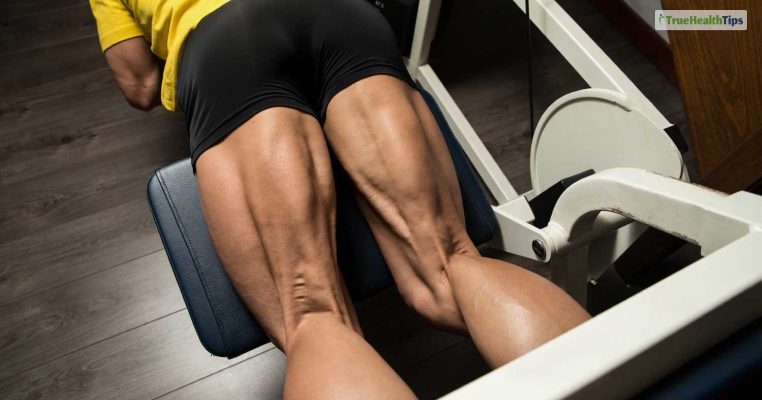
Hamstrings, the group of muscles located on the back of your thigh, play a crucial role in various activities, from walking and running to sports like soccer and weightlifting. Strengthening your hamstrings is not only essential for improved athletic performance but also for preventing injuries. In this article, we will explore the importance of hamstring exercises and provide a comprehensive guide to help you effectively target and strengthen these muscles.
What Are Hamstring Muscles?
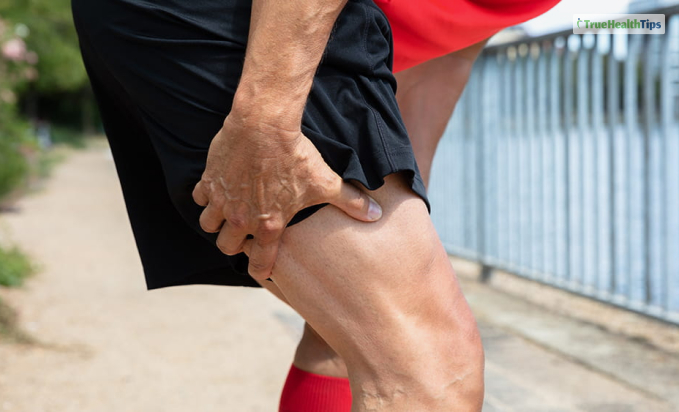
A group present at the back of leg muscles, this category contains femoris, biceps, semimembranosus and semitendinosus. The generally easy to find group of muscles, the back of the thigh will help you find the hamstrings. Palpitating the back of the thigh, specifically near the knee helps in locating the hamstrings. The prominent tendons present at the medial and lateral positions help in locating this muscle group.
The hamstring exercises are responsible for extension of the hips, and flexion of the knees. Both these movements help in mobility and a number of different activities such as running and lifting. The most prominent feature of the hamstring muscles is the support it provides to athletes in increasing their speed and changing their direction mid-movement with ease.
Studies have suggested that an improvement in the hamstring strength also reduces the chances of an injury. The current evidence finds that an athletes’ deceleration ability increases with an improvement in their hamstring strength.
This also suggests that the hamstring muscles mediate control of the centre of mass of an athlete’s body. While this may be true, the orientation of the torso also plays a role in this. Moreover, so far, studies on athletic performance have found that the muscle group has a role in pushing the body forward- supporting the glutes.
The Importance of Strong Hamstrings
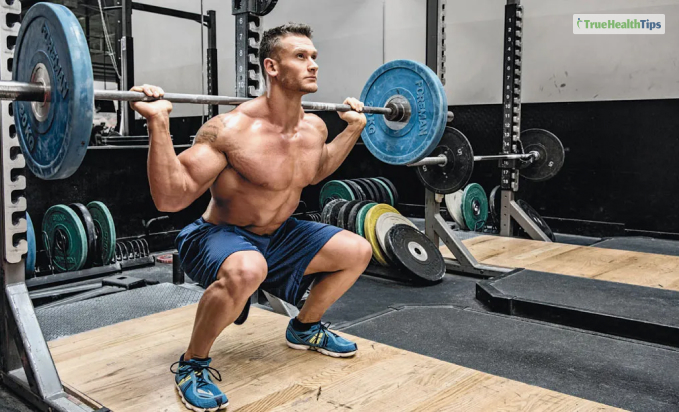
Your hamstrings are responsible for flexing your knee and extending your hip. As a result, they are heavily involved in activities that require explosive power and agility, making them vital for athletes in almost every sport. Weak hamstrings can lead to a range of issues, including:
1. Increased Risk of Injury: Weak hamstrings are more prone to strains and tears, which can be debilitating and require lengthy recovery periods.
2. Altered Posture: Imbalanced muscle development between the quadriceps (front thigh muscles) and hamstrings can lead to poor posture, potentially causing lower back pain.
3. Reduced Athletic Performance: Strong hamstrings are essential for sprinting, jumping, and changing direction quickly. Without them, your athletic performance may suffer.
4. Knee Stability: Hamstrings help stabilize the knee joint, preventing potential ACL (anterior cruciate ligament) injuries.
Top 8 Best Hamstring Exercises
These exercises are the classic hamstring strength boosters that you can easily add in your workout-
1. Deadlifts:
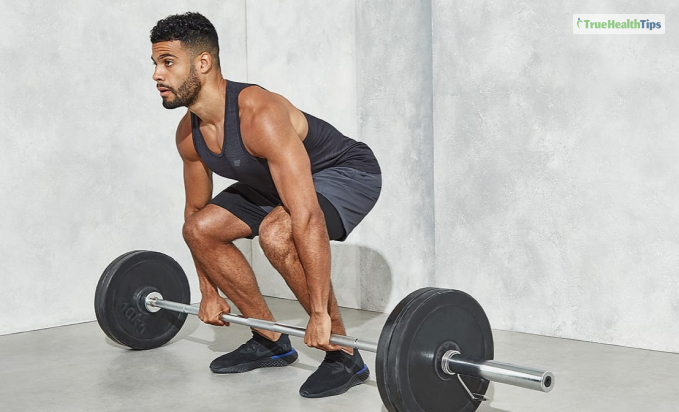
Deadlifts are a compound exercise that engages multiple muscle groups, including the hamstrings and lower back. Proper form is crucial to avoid injury.
2. Romanian Deadlifts:
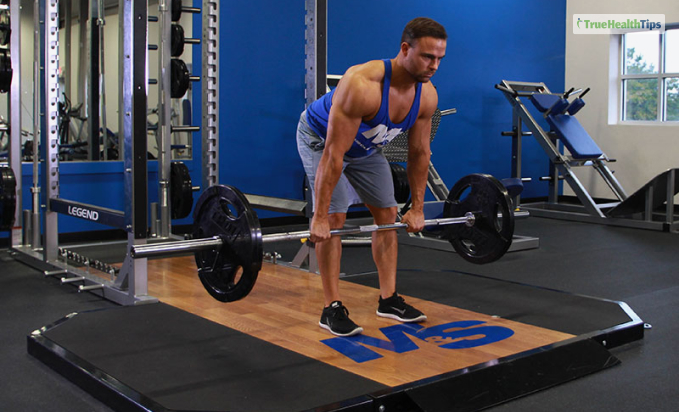
Similar to regular deadlifts but with a focus on the hamstrings. Keep your legs nearly straight and hinge at the hips while holding a barbell or dumbbells.
3. Lunges:

Both forward and reverse lunges target the hamstrings while also engaging the quadriceps.
4. Hamstring Curls:

Performed using a hamstring curl machine or resistance bands, this exercise specifically isolates and targets the hamstring muscles.
5. Glute-Ham Raises:
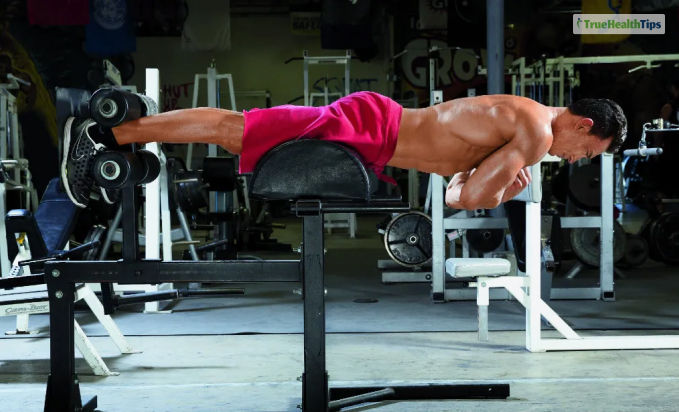
This challenging bodyweight exercise targets the hamstrings and glutes. It’s excellent for building strength and preventing imbalances.
6. Kettlebell Swings:
A dynamic exercise that combines a hip hinge and explosive motion to target the hamstrings, glutes, and lower back.
7. Bridges:
Performed on the floor, bridges primarily engage the glutes but also work the hamstrings. This exercise is especially useful for beginners.
8. Sled Pulls/Pushes:
These functional exercises work the hamstrings, quads, and glutes. They are excellent for overall lower body strength and conditioning.
Training Tips
When incorporating hamstring exercises into your fitness routine, consider these essential tips:
1. Proper Form: Focus on maintaining proper form to prevent injury and ensure you’re targeting the hamstrings effectively.
2. Progressive Overload: Gradually increase the weight or intensity of your exercises to promote muscle growth and strength.
3. Balanced Training: Don’t neglect the opposing muscle group, the quadriceps. Balancing hamstring and quadriceps strength is crucial for overall lower body stability.
4. Stretching and Recovery: Include hamstring stretches and foam rolling in your post-workout routine to aid in recovery and reduce muscle soreness. Hamstring stretch helps in keeping soreness away after your workouts and ensures that you are reducing the chances of injury.
Benefits Of Hamstring Exercises
The importance of hamstrings are understood when you notice your ability to have a better balance while walking. Even while performing activities such as jumping or sprinting, you will find that hamstrings play the role of a nitrous boost.
The following list highlights the benefits of hamstring exercises:
- There are less chances of injury. When you have hamstring strength you are able to take care of your overall mobility and health
- Makes it easier to perform everyday activities such as bending, getting up from a low position
- Prevents lower back pain that can occur from tightening of the hamstring muscles due to long hours of sitting
- Acceleration ability increases when the hamstring strength is good
- The torso orientation of the body improves with the improvement in hamstring strength
- High velocity running- for athletes- is seen to improve when hamstring strength improves
- Not just for athletes, people gain the benefit of good speed with hamstring strength. This is because the muscle supports knee flexion and hip extension.
- Helps in maintaining a good posture when you are not performing any rigorous task or are not engaged in your favorite sport. The hamstring muscles ensure that a correct posture is maintained.
- The inactivity of the hamstring muscles can result in severe injuries which may leave you bed-ridden for a long time.
Conclusion
Strengthening your hamstrings is vital for enhancing athletic performance and reducing the risk of injury. Incorporating a variety of hamstring exercises into your workout routine can help you build strength and stability in this muscle group. Remember to prioritize proper form and gradually increase the intensity of your exercises. By doing so, you can unlock your full athletic potential and maintain a healthy, active lifestyle.
Read Also:











